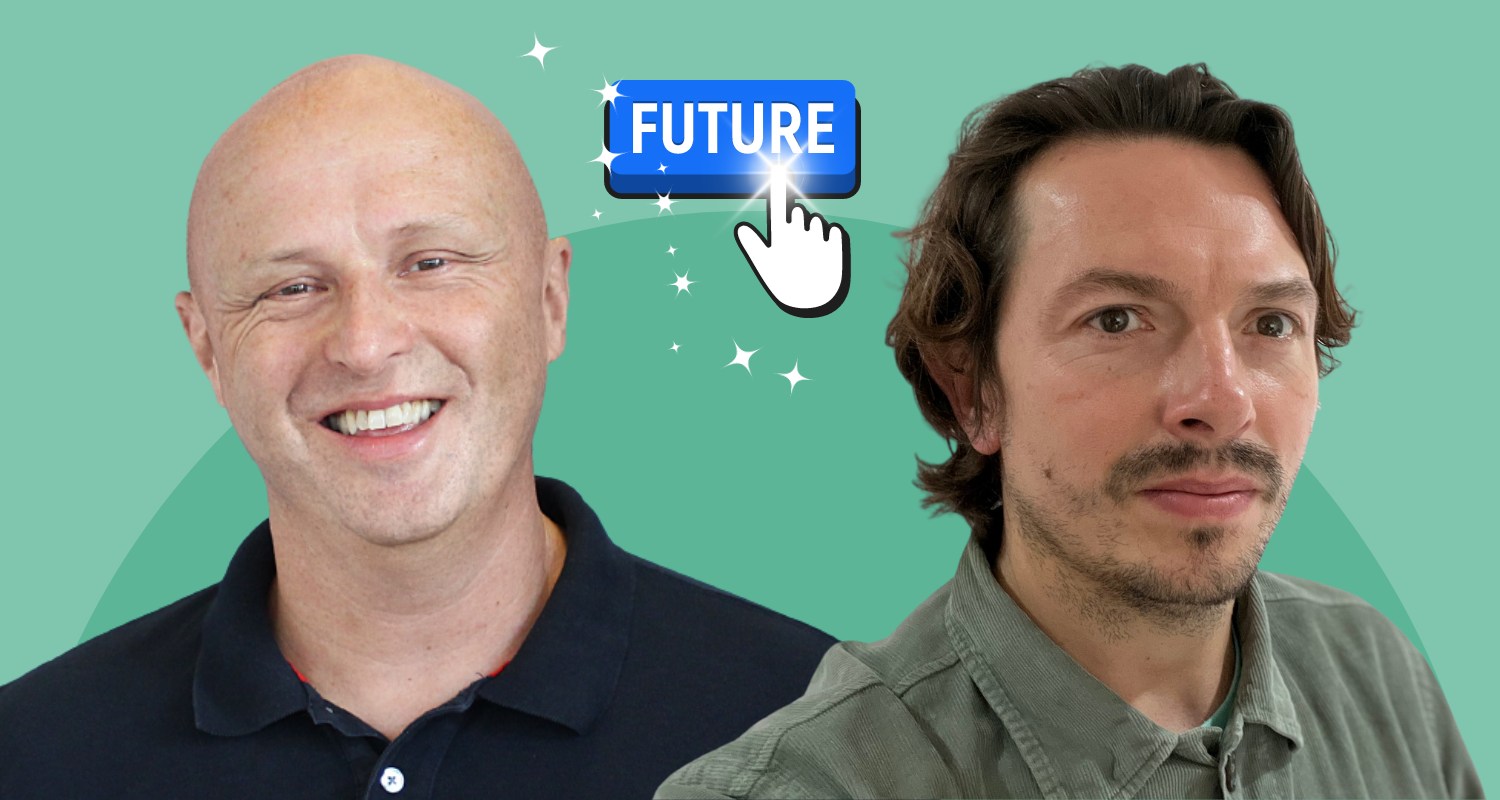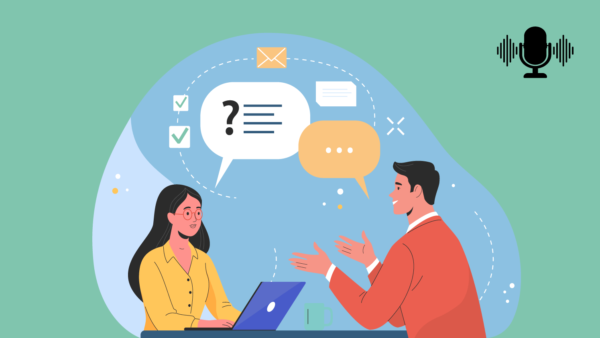Hello, my name’s Paul Brewerton, the Strengths Guy. I’m a Chartered Occupational Psychologist, Doctor of Organisational Psychology and Founder and Chair of Strengthscope. I am delighted to be joined today by Oliver Pickup.
Ollie is a London-based technology and business journalist. He has been labelled a “future-of-work influencer” and writes and talks about all of the subjects covered by the future of work – including employee experience, cybersecurity, workforce trends and artificial intelligence.
His work has appeared in the Times, Digiday, Raconteur, the Guardian, the Financial Times, and countless other publications around the world. Recently, prompted by the advancement of generative AI, Ollie has committed to being more human in an increasingly digital age – and that means a move towards more public speaking, such as podcast appearances like this one, and in-person presentations.
Earlier in November, he moderated a panel in The Shard on AI regulation in the workplace at a fringe event of the AI Safety Summit. And in a few days, Ollie is chairing a track at the IoT Global Tech Expo, held at London Olympia.
Statistics
- In January 2021, McKinsey calculated that 87% of organisations worldwide knew they had a skills gap.
- According to World Economic Forum projections, 60% of the workforce requires upskilling by 2027, but less than half have access to the necessary training.
- The average employer spends £3,335 ($4,000) and 24 days per hire.
- 63% of job applicants admit to lying on their CV.
- Gartner: by 2024, 33% of the skills that were present in an average job posting in 2019 will no longer be needed.
Key Themes
- Skills-based hiring is the future – Most business leaders who offer variants of the cliché that “people are the company’s greatest asset” seldom match word with deed. More worrying is that people are not being matched to jobs they can excel in. Work2vec, a platform by Prof. Erik Brynjolfsson (Digital Economy Lab at the Stanford Institute for Human-Centered AI), uses data to better match talent to suitable roles.
- The rise of the super worker (thanks to AI) – AI can help companies grow despite labor shortages by turning workers into “super workers”. AI has big use cases in recruiting, training, careers, employee experience etc. But HR departments need to step up to deal with the messy vendor landscape and update their skills.
- Need for learning quotient (LQ) – Leaders need LQ, the ability to adapt and update skills constantly, to gain a foothold in the modern landscape reshaped by technology. LQ measures adaptability and desire for lifelong learning. Companies need a culture of curiosity.
- More remote hiring and virtual interviews
- Focus on skills/capabilities over credentials
- Use of social media and new platforms to source candidates
- Emphasis on diversity hiring and inclusion
Use Cases of AI in Recruitment:
- AI-based sourcing of candidates
- Developing skills taxonomy
- Internal talent marketplaces
- Generated job descriptions
- Intelligent screening and interviewing
- Assessing candidates’ cognitive abilities
- Offer management optimization
Pros and Cons of AI:
Pros: Efficiency, consistency, unbiased, new insights/capabilities
Cons: Perpetuates unfairness through biased data, lacks human judgment, opaque decisions, potential job displacement
Ultimately, AI is transforming recruitment through intelligent sourcing, screening, interviewing, and assessment of candidates. But care must be taken to balance AI’s pros of efficiency and insight with the cons of perpetuating bias and lacking human nuance.













